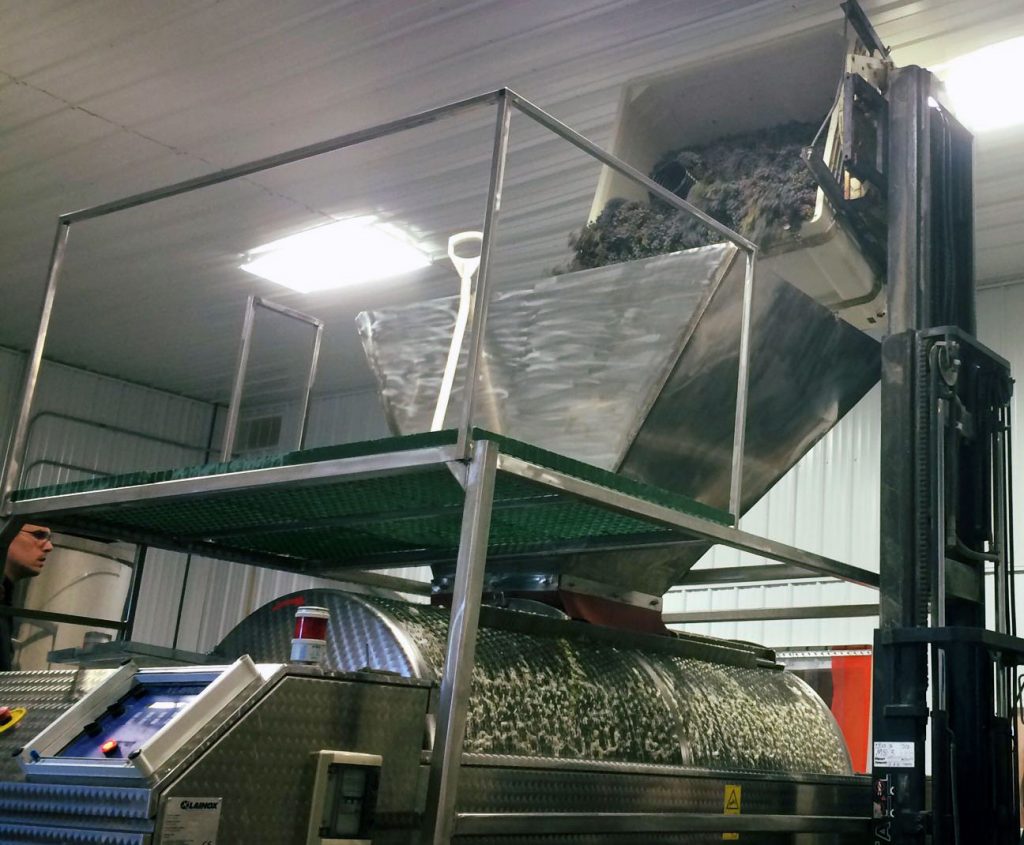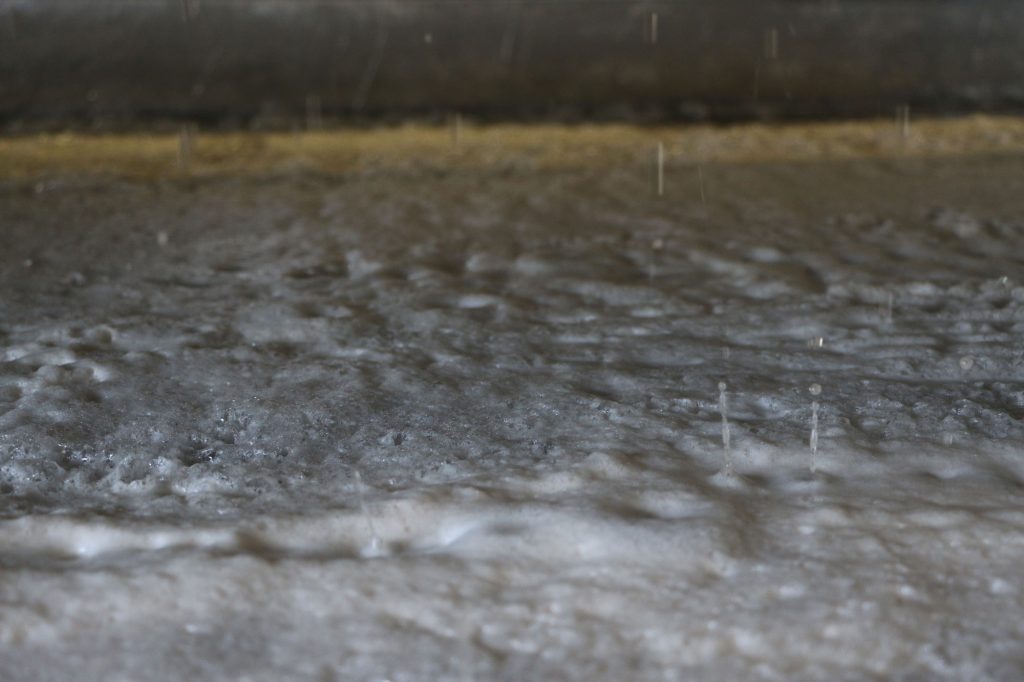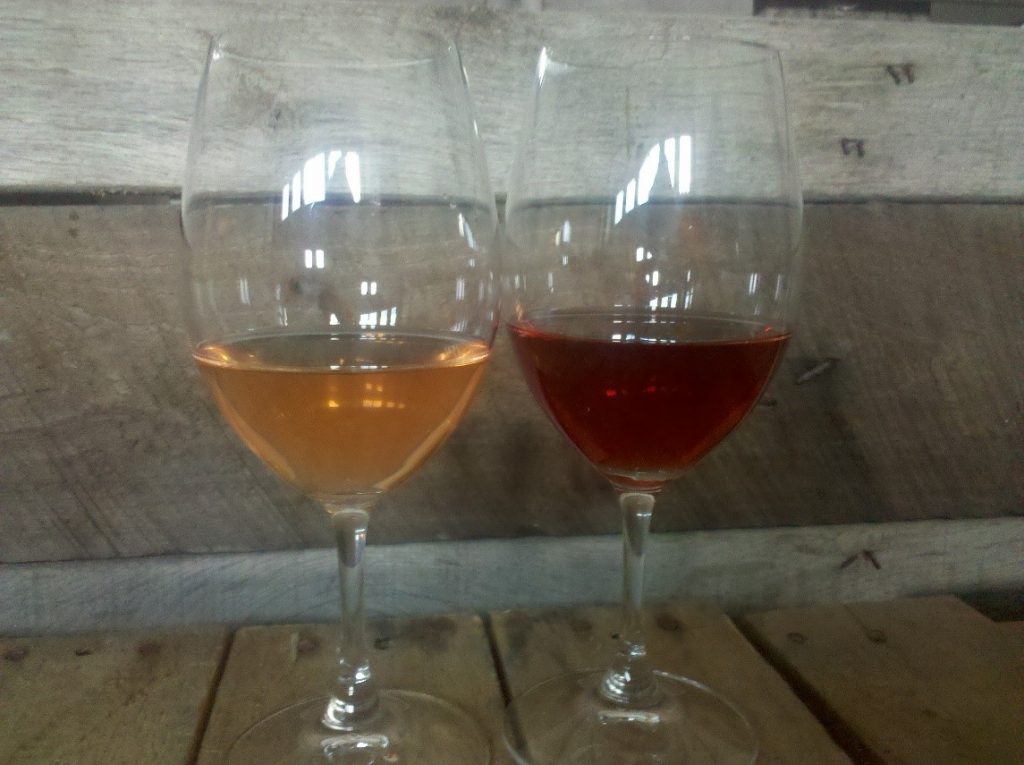When it comes to grape crushing and pressing, everyone thinks of Lucille Ball’s iconic “I Love Lucy” episode. Other than the questionable hygiene issues, stomping is one way to get a grape to the glass. Unless you are making sparkling wine. Then pressing gets a whole lot trickier.

For sparkling wines, we actually avoid juice that has the traits that most winemakers crave – color & tannins. That’s right, we want as little color and tannin out of our grapes as possible for our sparklers. Since the skins have both color and tannin, and there are additional tannins in the seeds and stems, we avoid our crusher all together. We run what is called a “whole berry press.” We dump the grape clusters directly into our bladder press – stems, seeds, and all.

Controlled Pressing
Once the grapes are in the press, we run a very controlled press with a maximum pressure of .2 bar. Bar is a technical term that means “barely any pressure.” The first juice that is released is what sparkling wine geeks call the “cuvée.” It’s the premium and most delicate juice. This is the juice that is located in the area that is the farthest spot from both the seeds and the skin of the grape. We monitor the press for volume and color, and once we start to see too much of either, we pull the plug. We have our cuvée, and eventually, it will be your bubbly.
Cuvée vs Rebêche
Even though we have all the juice that we want out of the grape for sparkling wine, there is still a lot of juice left in the grape. Being that we hate to see anything go to waste, we keep running press cycles up to about 1.5 bars. This juice is collected and called the “rebêche.” Unlike our cuvée, the rebêche is full of color & tannin structure. We are able to move the rebêche over to our still wine program at our sister winery, August Hill Winery. In the picture below, the glass on the left is Chambourcin cuvée that is the base for ISC Brut Ombré Rosé. On the right, the glass contains Chambourcin rebêche. The cuvée is acidic, bright, and tastes similar to not-quite-ripe raspberries. The rebêche is weighty, full of tannin, and tastes like dark plums and spice.

